| Top flowers for bees |
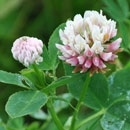
Alsike clover |
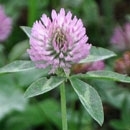
Red clover |
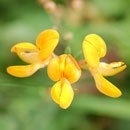
Bird’s-foot trefoil |
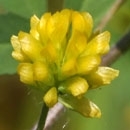
Yellow trefoil |
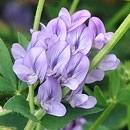
Lucerne |
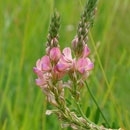
Sainfoin |
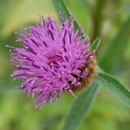
Black knapweed |
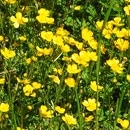
Creeping buttercup |
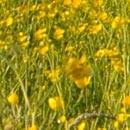
Meadow buttercup |
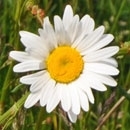
Ox-eye daisy |
Agri-environment schemes have been with us in various guises since 1987 and have generally been targeted to provide a function or habitat for a particular group of species such as farmland birds, arable plants or pollinating insects. With the pressure on agri-environment schemes to deliver greater benefits and land to provide more food, it would make sense if their value was extended to support additional species, provide extra functions including inhibiting erosion and generating nitrogen, and improving their quality so less land needs to be taken out of production.
It is also important to ensure that all the resources (food, shelter and breeding areas) needed by farmland wildlife are available on each farm and at the appropriate time of the year. For much of our declining farmland wildlife, it is a shortage of plant and insect food that is limiting. Many insects also perform other vital functions on farmland, pollinating crops and helping to control crop pests.
In 2009 we started a project with Conservation Grade and Kings to develop multi-functional wildlife crops and produce them in a more integrated way, so reducing the need for agrochemicals. This was done across three sites with different soil types (clay, sandy and chalk).
We tested a wildlife crop rotation of two years of a grass and legume mix that aimed to support bees, butterflies and insect chick-food, as well as generate soil nitrogen and inhibit noxious weeds, followed by two years of a wild bird seed mix that would provide seed and insect food for birds and cover in winter.
The grass legume mix was comprised of two grasses (meadow fescue and timothy), four clovers (red, alsike, crimson and white), bird’s-foot trefoil, sainfoin, early English vetch, yellow trefoil and lucerne. This complex mix was designed to release the nitrogen slowly when destroyed, support butterflies and both short- and long-tongued bees, and have a long flowering period. The wild bird seed mix included kale, as this has been shown in previous GWCT research to benefit from up to 90kg of nitrogen, easily achievable from a legume ley.
On the clay soils, little extra soil nitrogen was detected after the two-year legume ley, however on the sandy soils there was on average an extra 65kg of nitrogen per hectare, with a maximum of 188kg per ha. In one year heavy rainfall followed the destruction of the ley and thus much of the nitrogen was lost, distorting the results. In future years we aim to overcome this by sowing the legumes within the wild bird seed as many legumes leak nitrogen whilst growing.
The diversity and abundance of wild bees was higher in the legume ley compared to nearby wild flower habitats and there was much less variation between plots, thus legume leys provided a more reliable source of flowers. In particular, long-tongued bees and solitary bees preferred the legume ley compared to wild flower habitats.
Over 90% of all visitations by wild bees were to just ten plant species, of which six were in the legume ley and four common wild flowers (See top flowers for bees). However, hoverflies, whose larvae are voracious aphid predators, preferred to forage on smaller flowers such as black medic and other flowers found in the wild flower habitats.
The legume ley also supported over four times more grey partridge chick food, almost twice as much general farmland bird food and pest natural enemies compared to wildflower or grass-only habitats.
Acknowledgements
We wish to thank Conservation Grade, Kings Cover Crops, the Wixamtree Trust and the John Oldacre Foundation for supporting the project.
Further reading
- Wood, T.J., Smith, B.M., Hughes, B., Gill, J.A., & Holland, J.M. (2013). Do legume-rich habitats provide improved farmland biodiversity resources and services in arable farmland?. Aspects of Applied Biology, 118: 239-246.